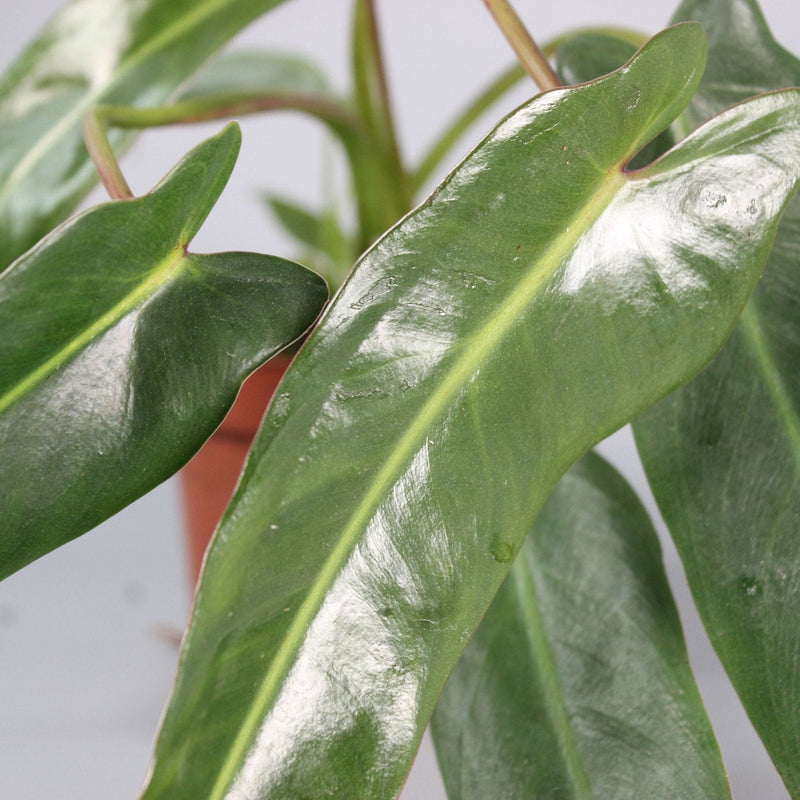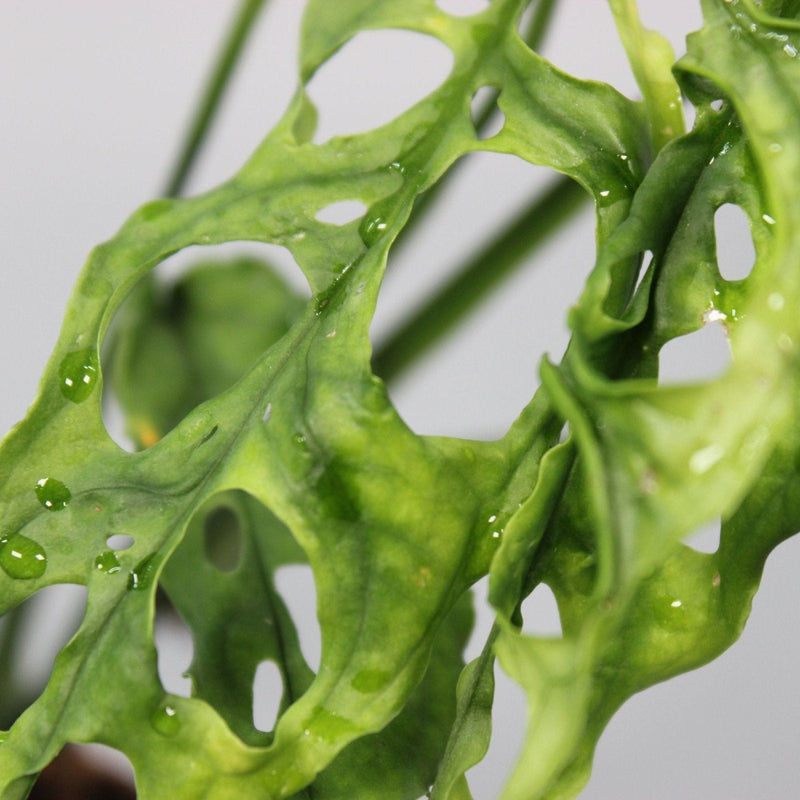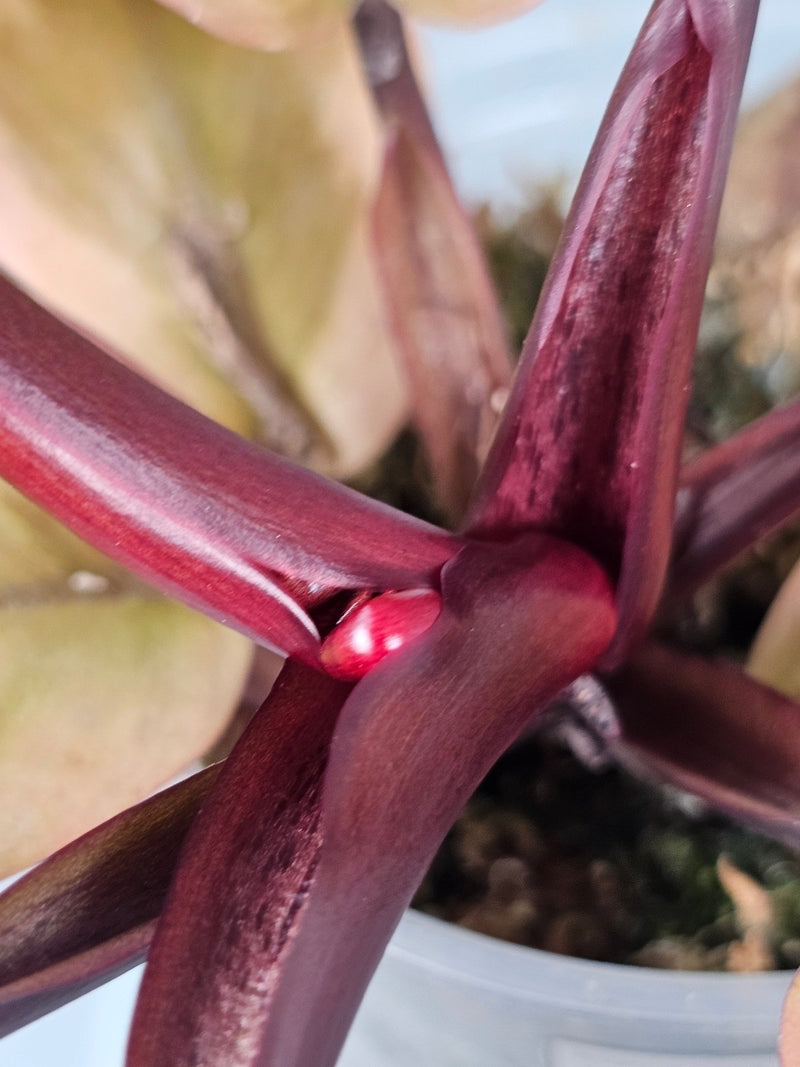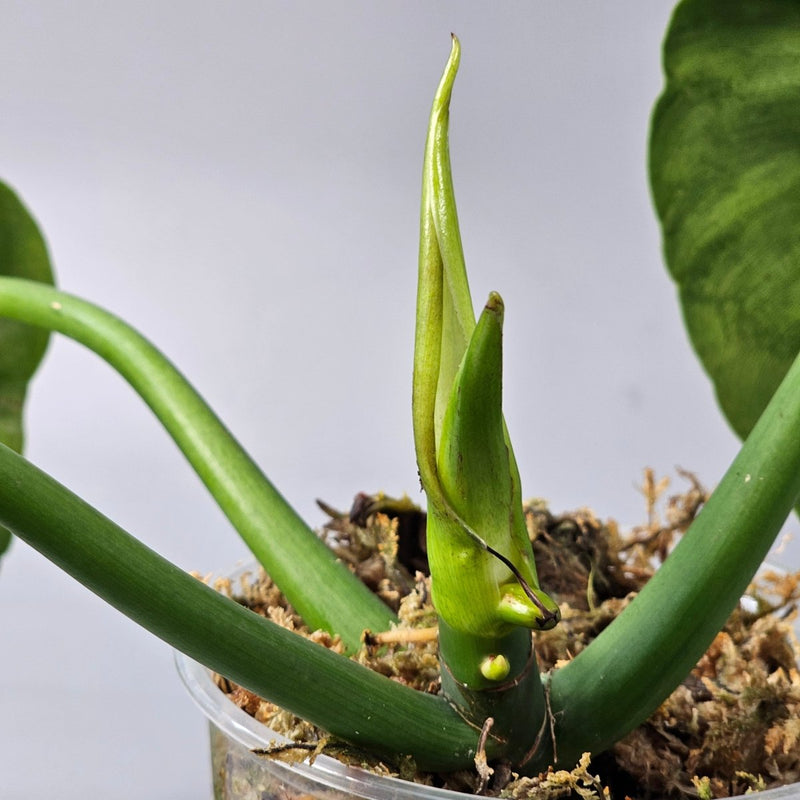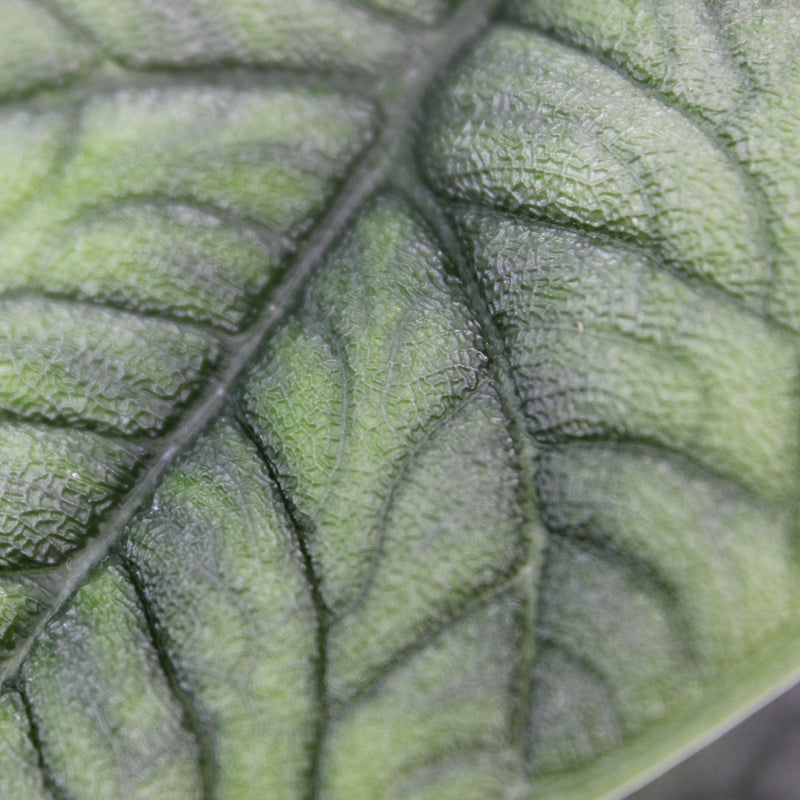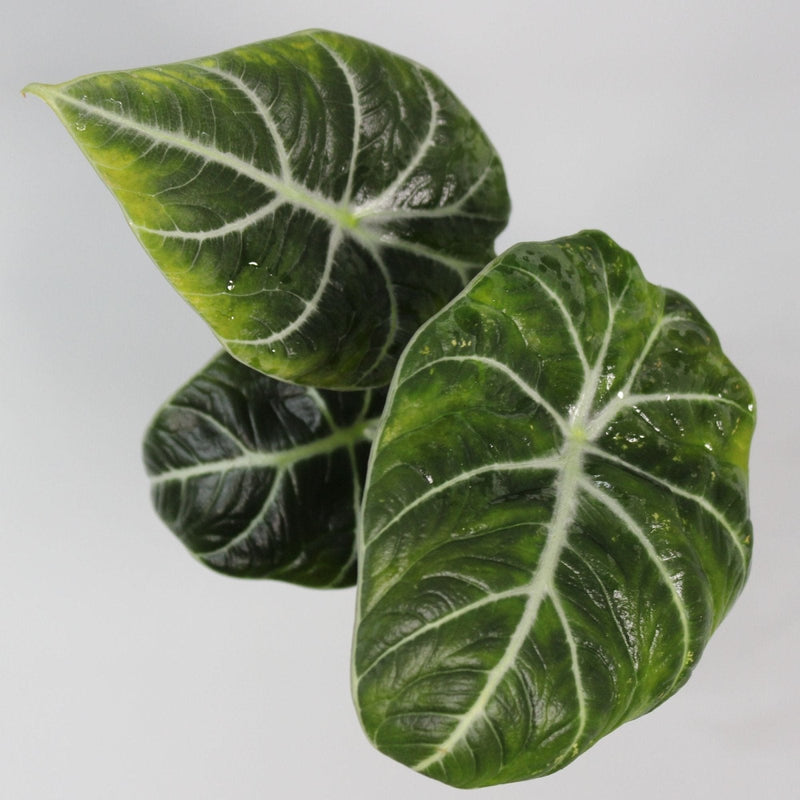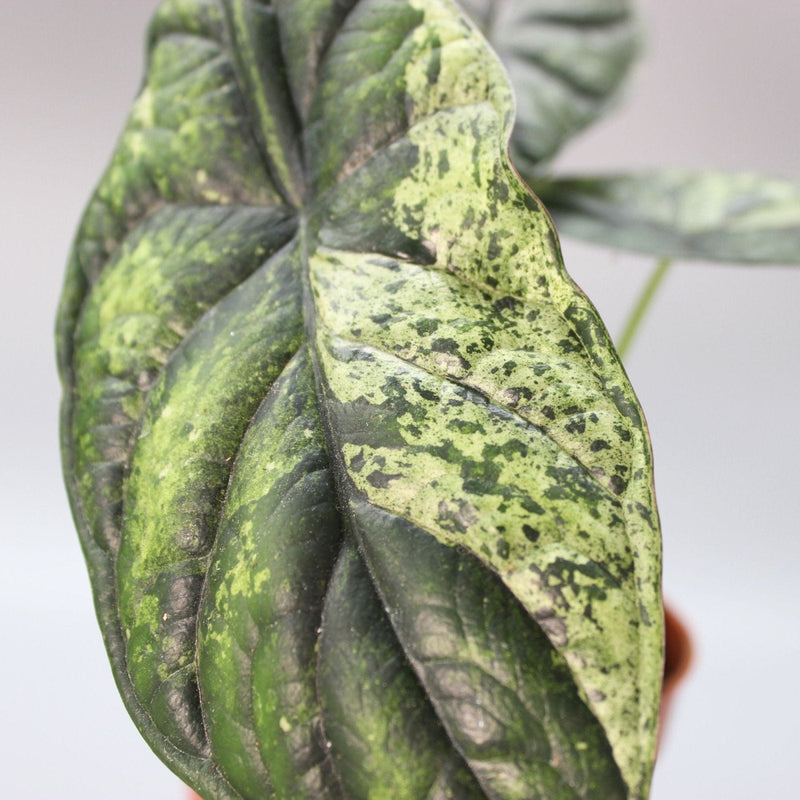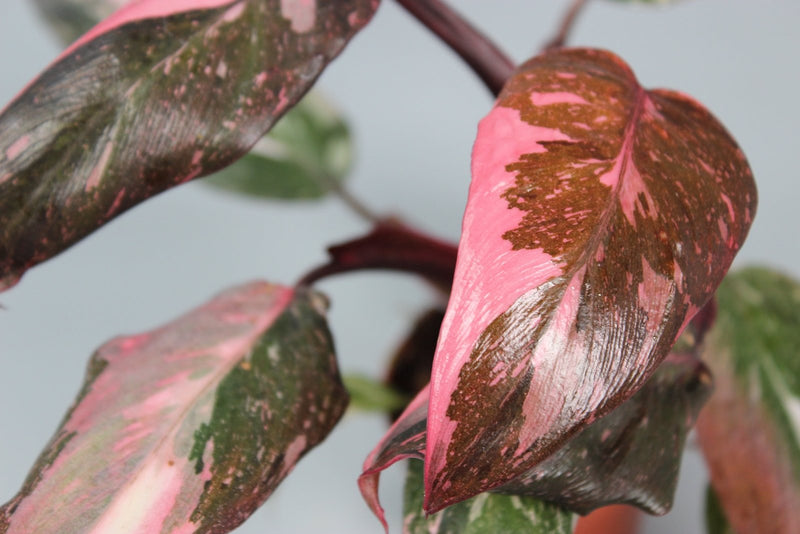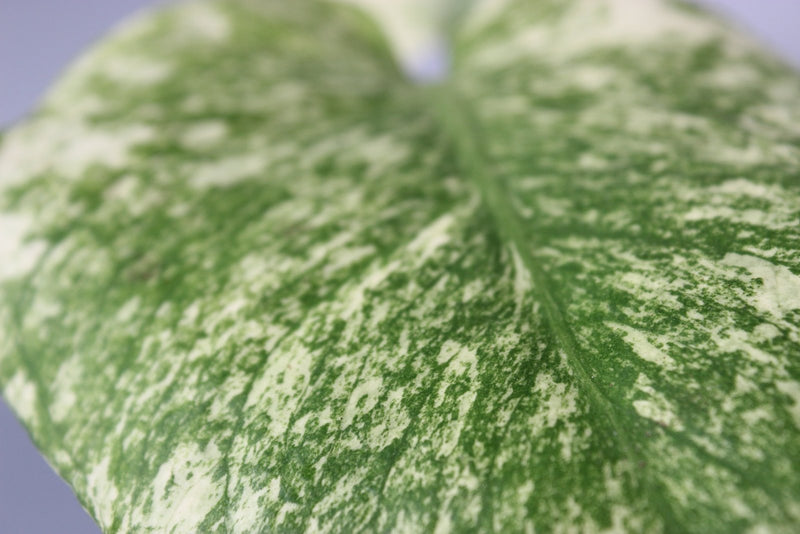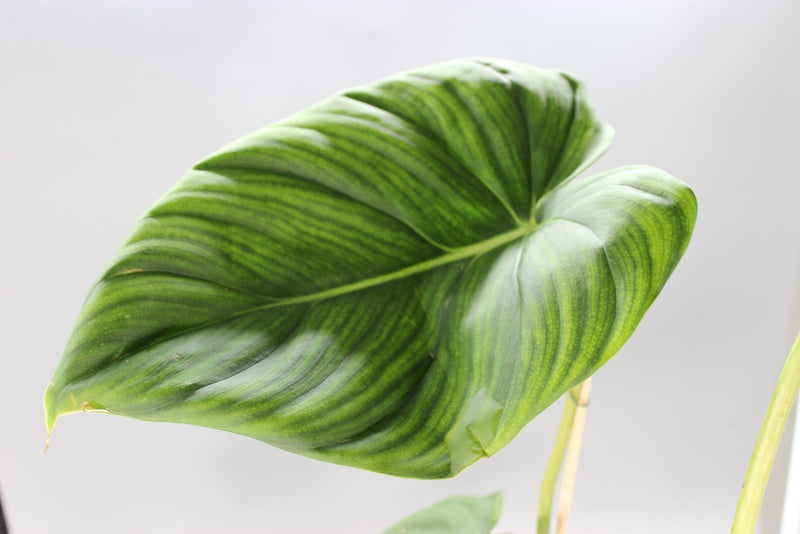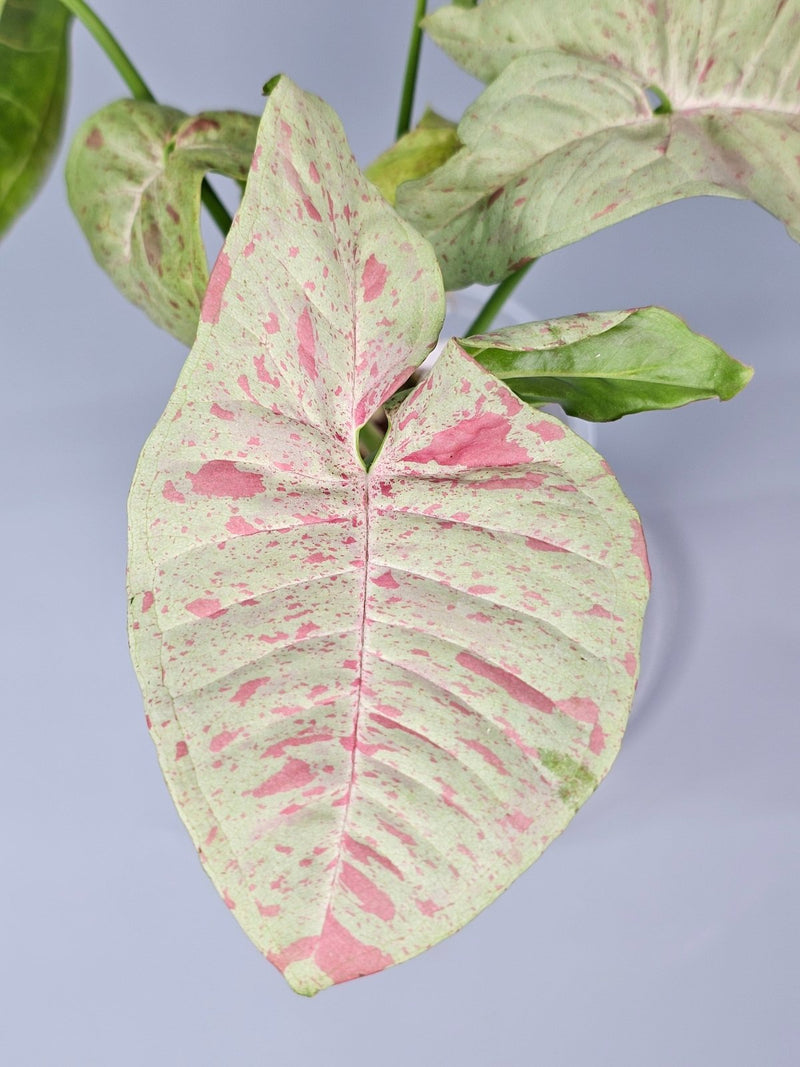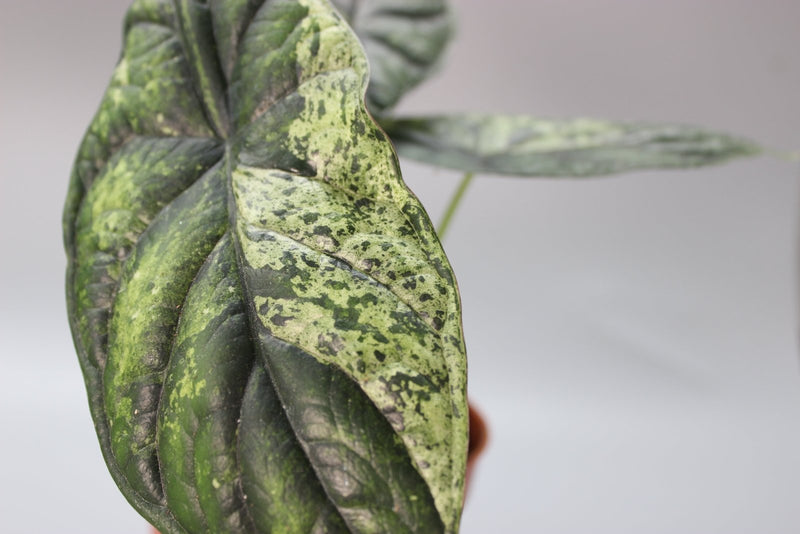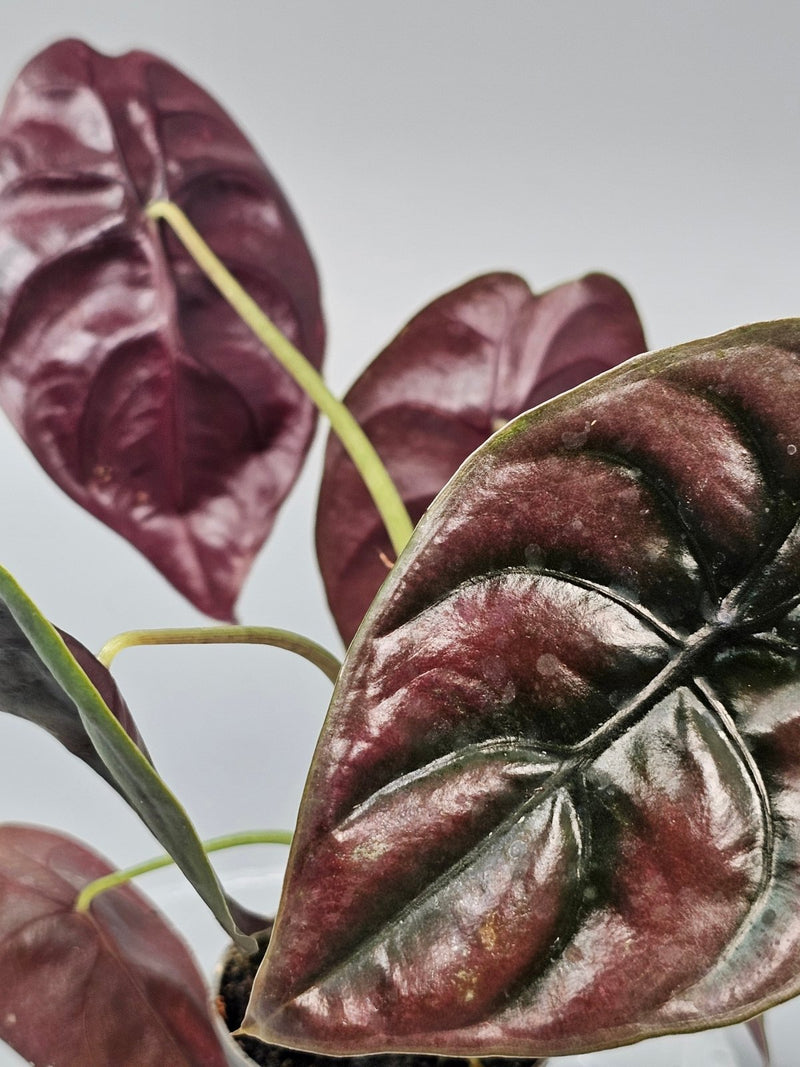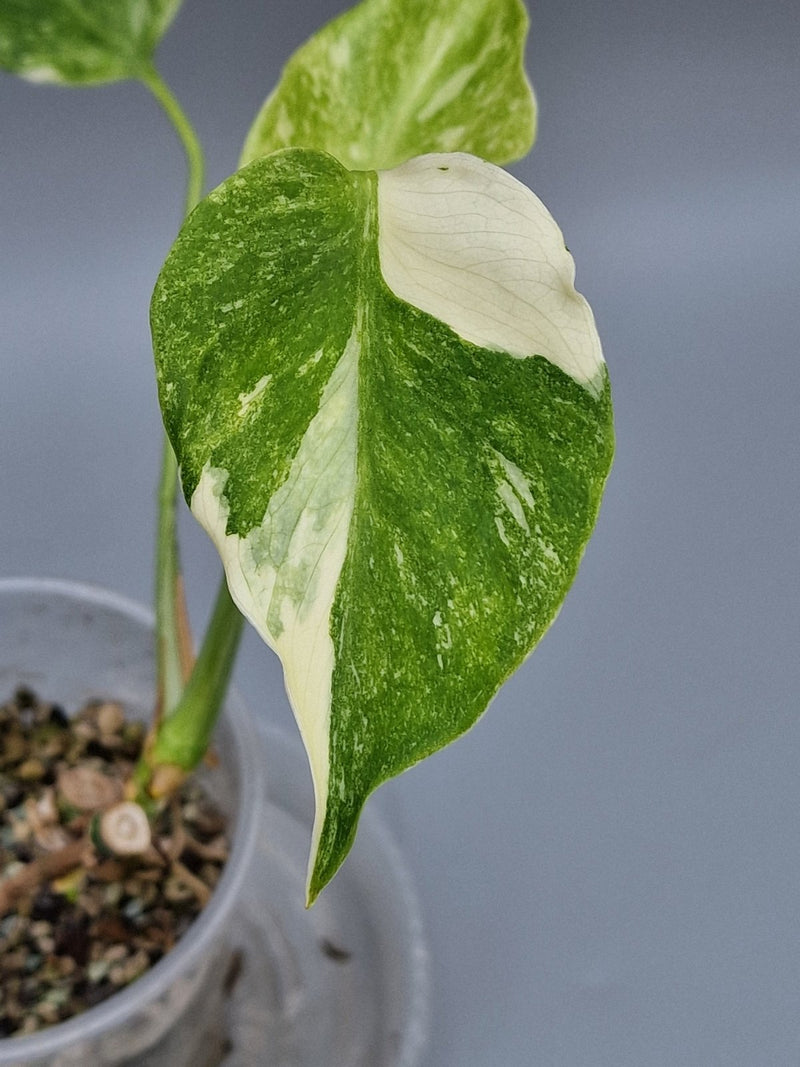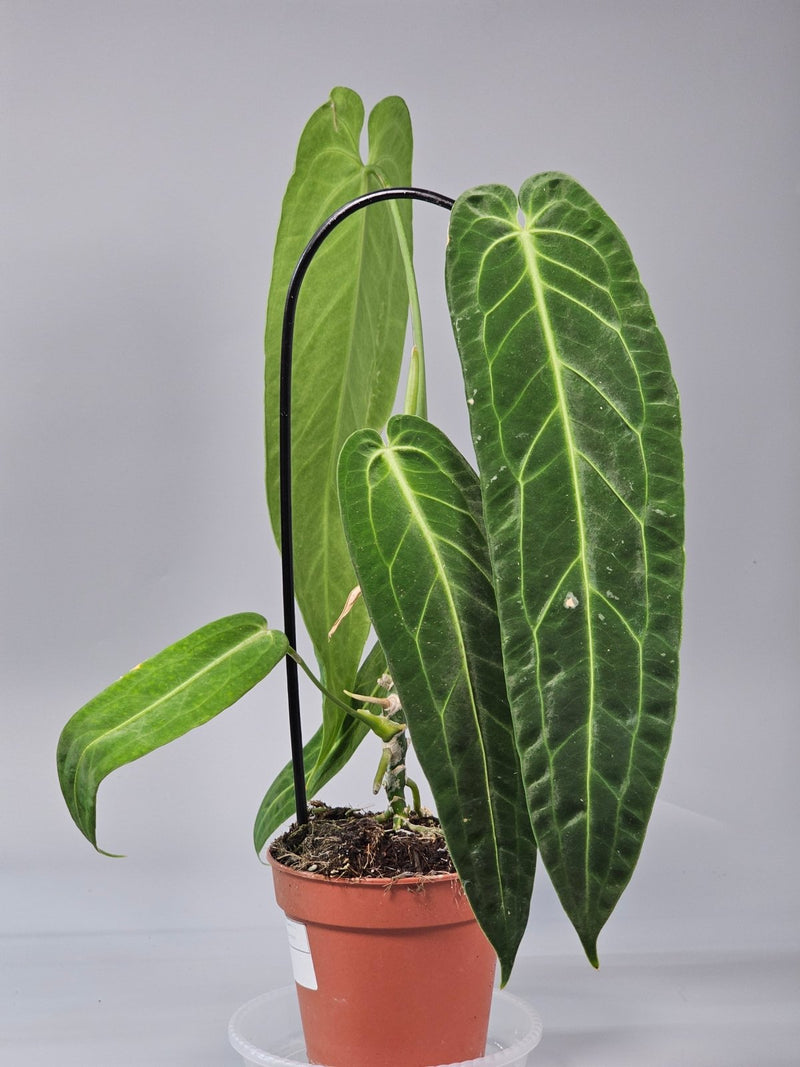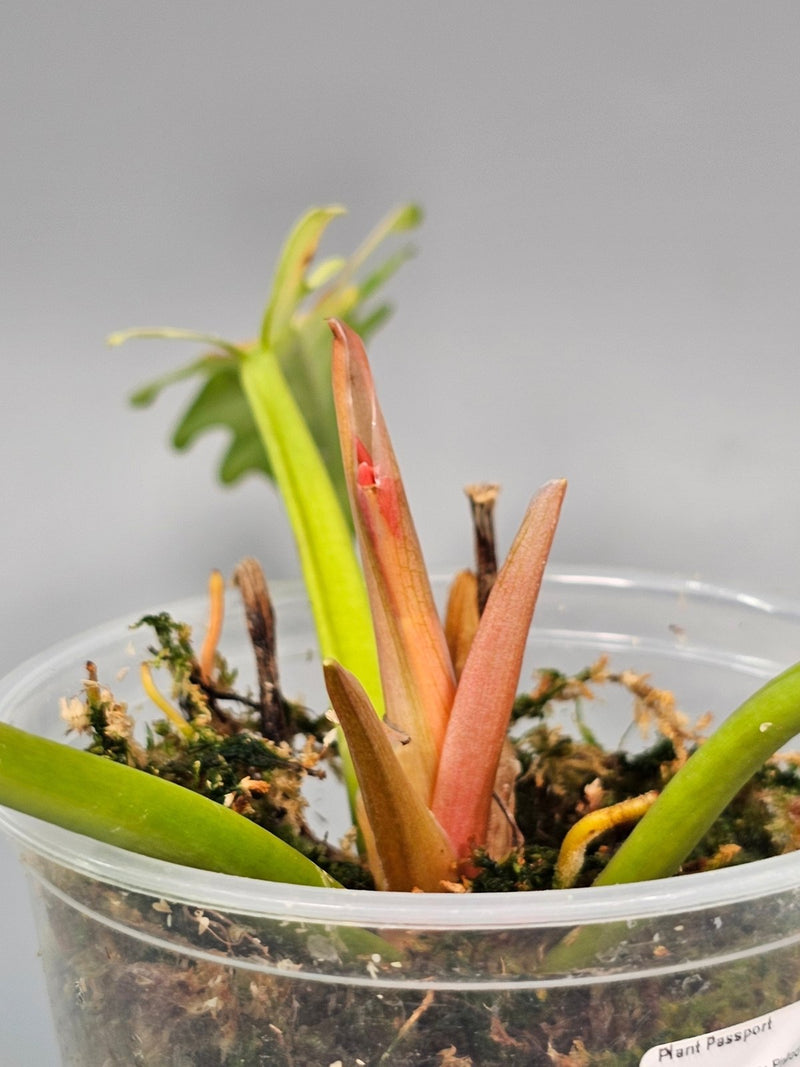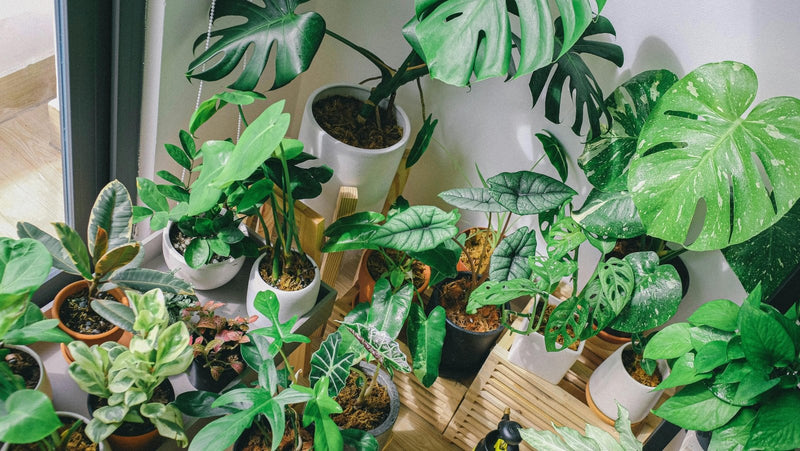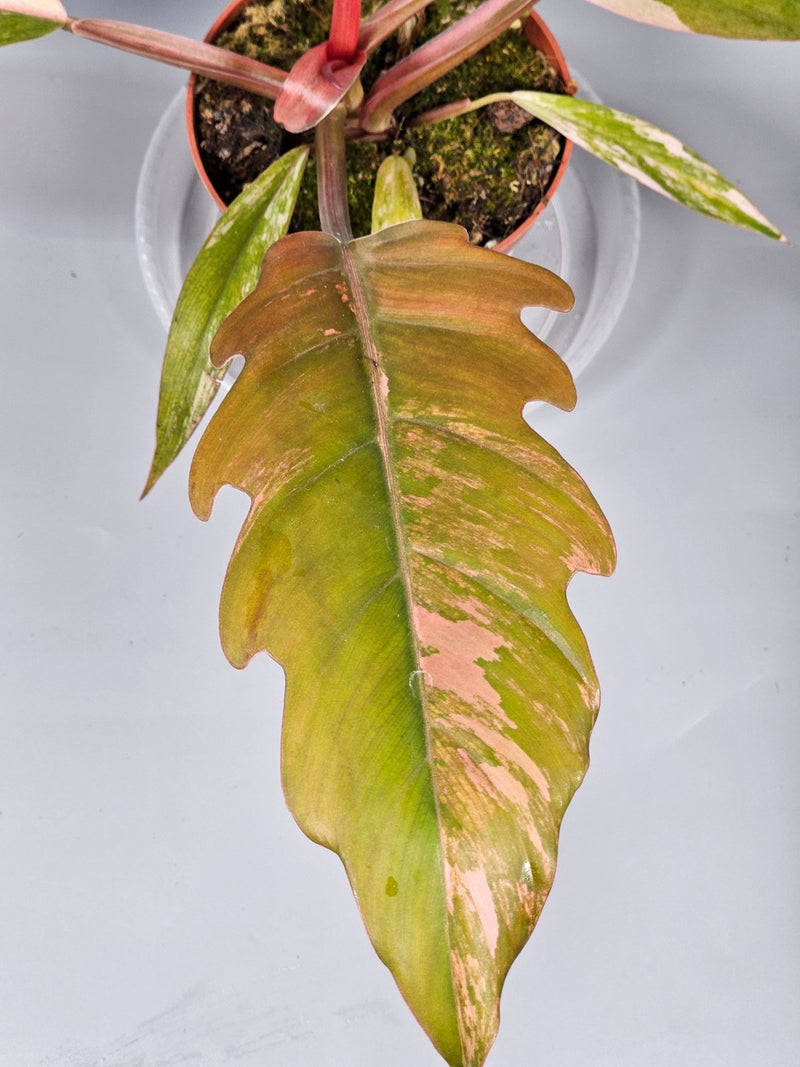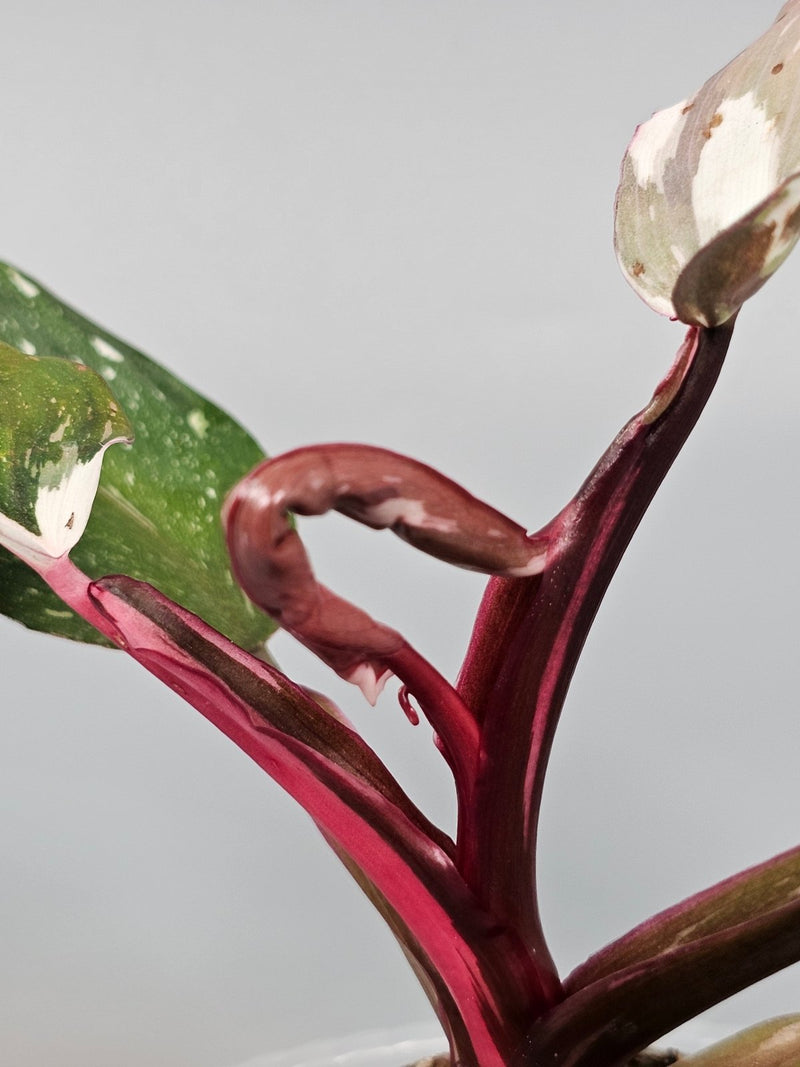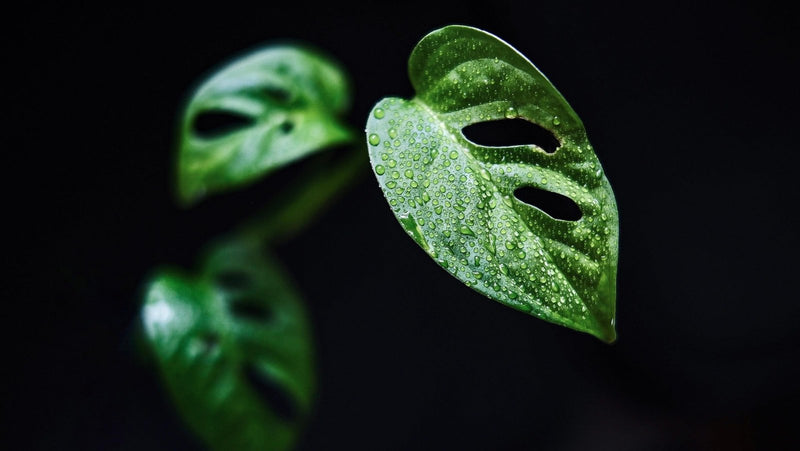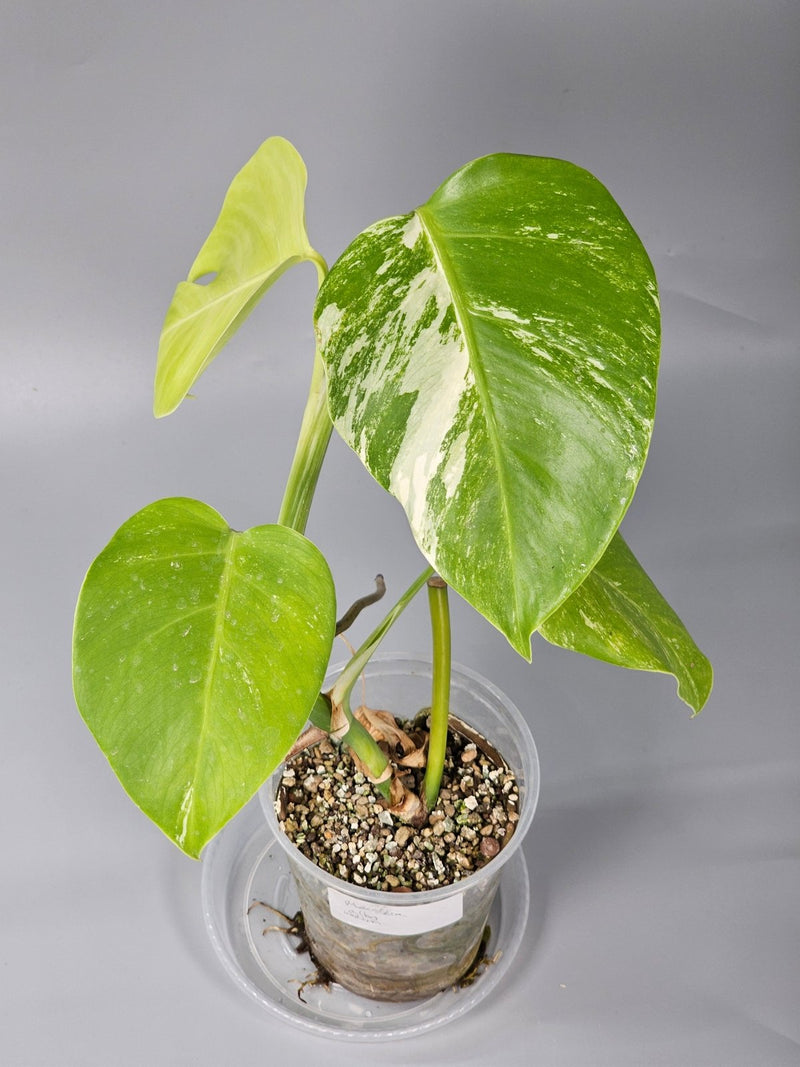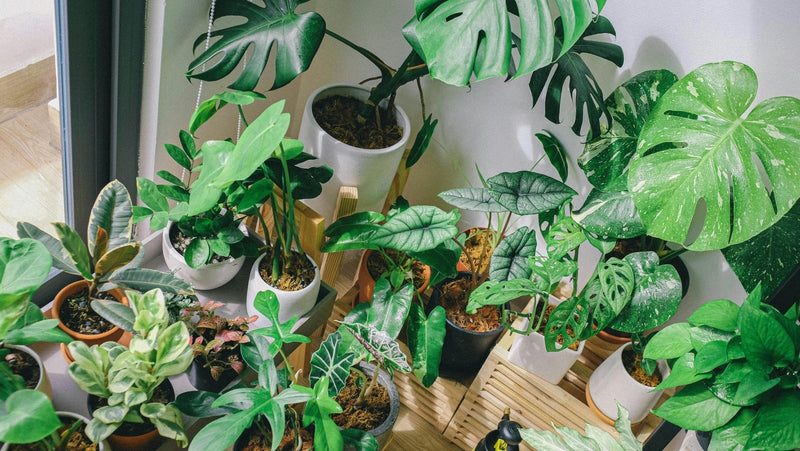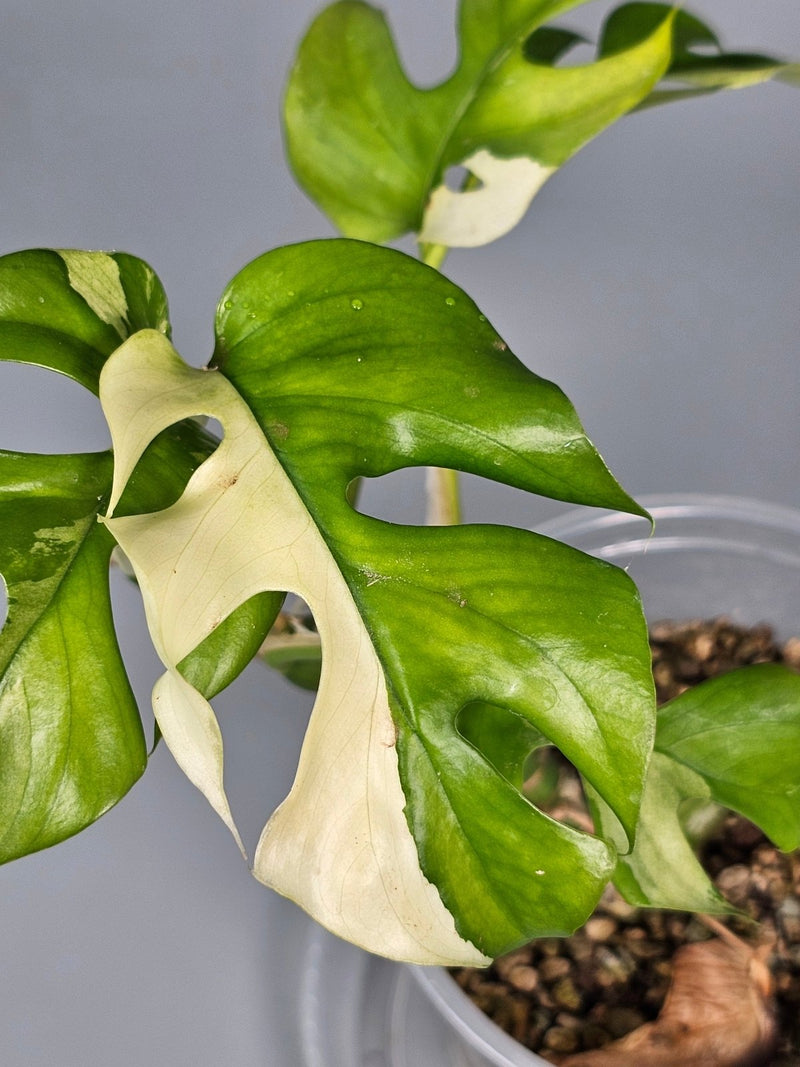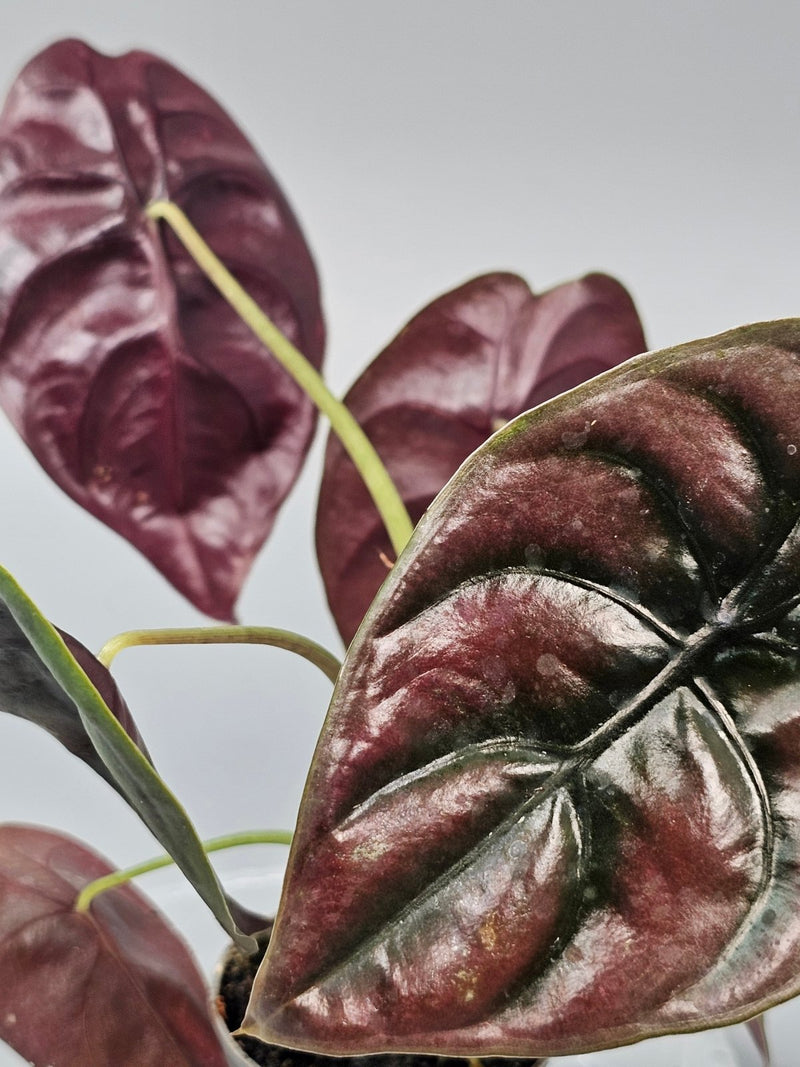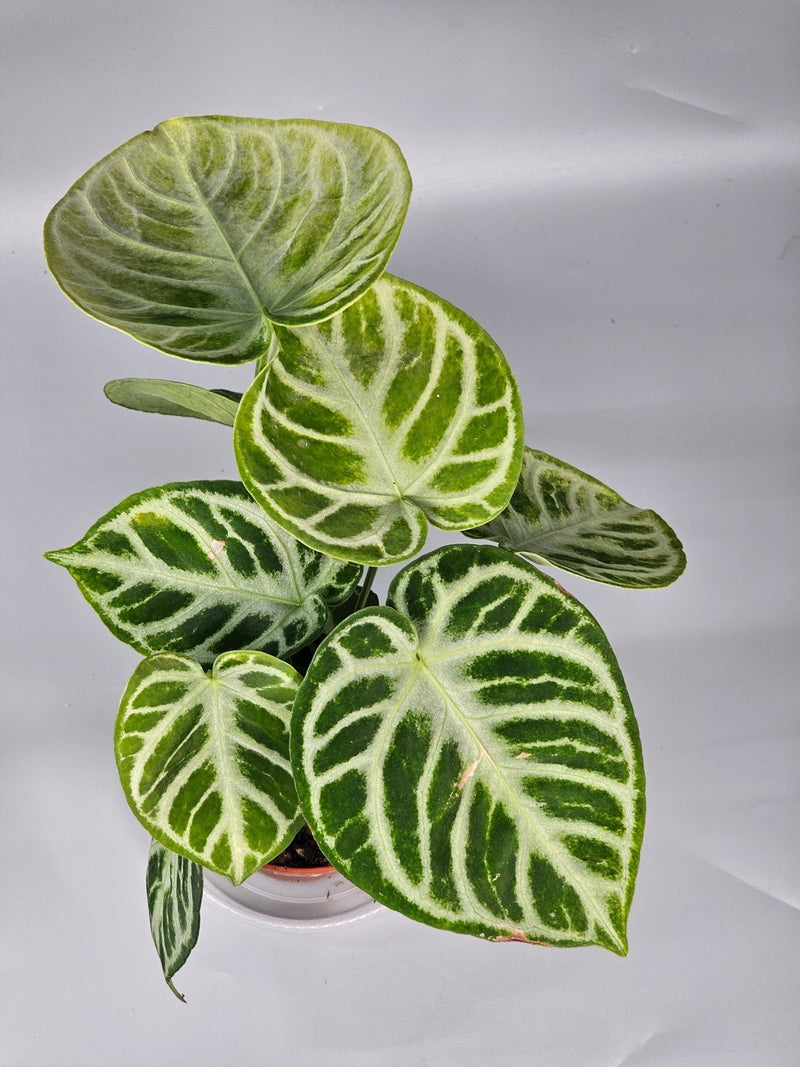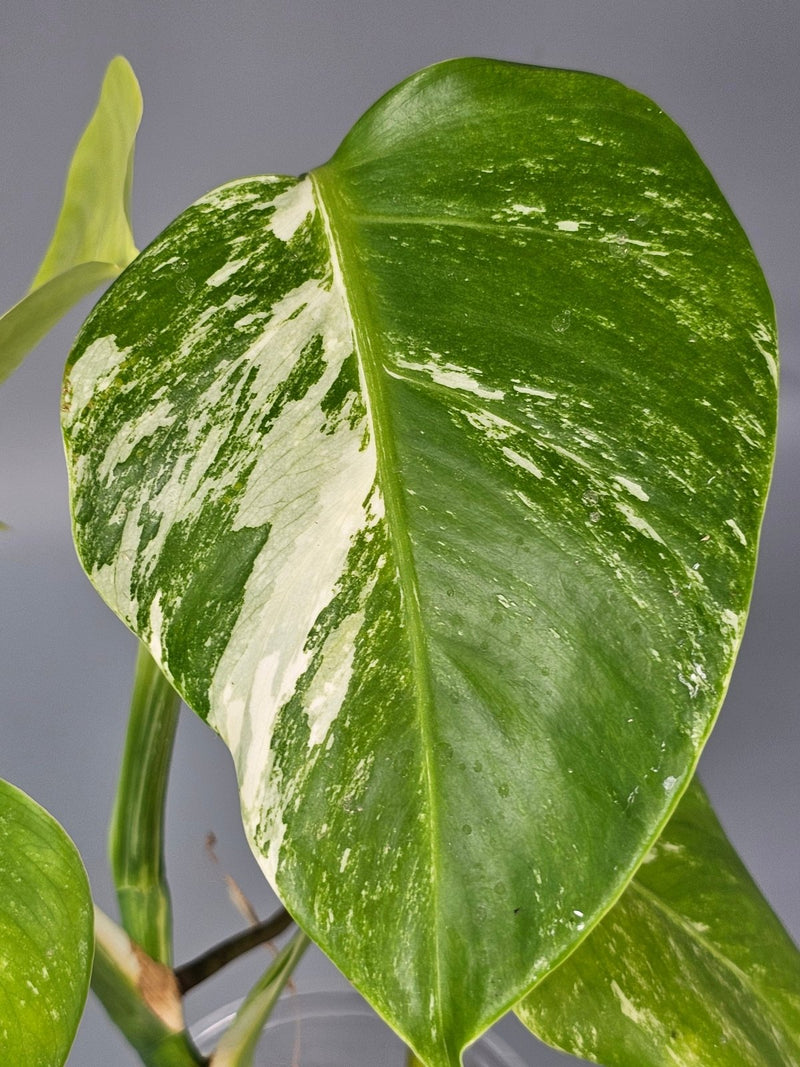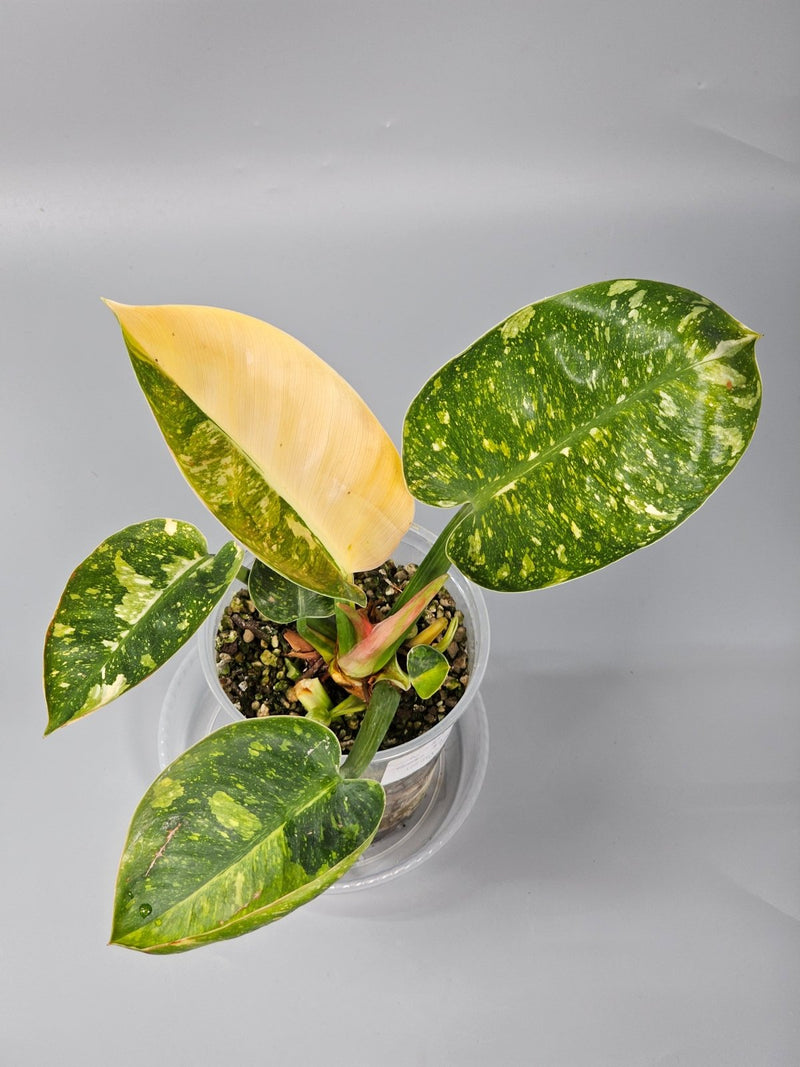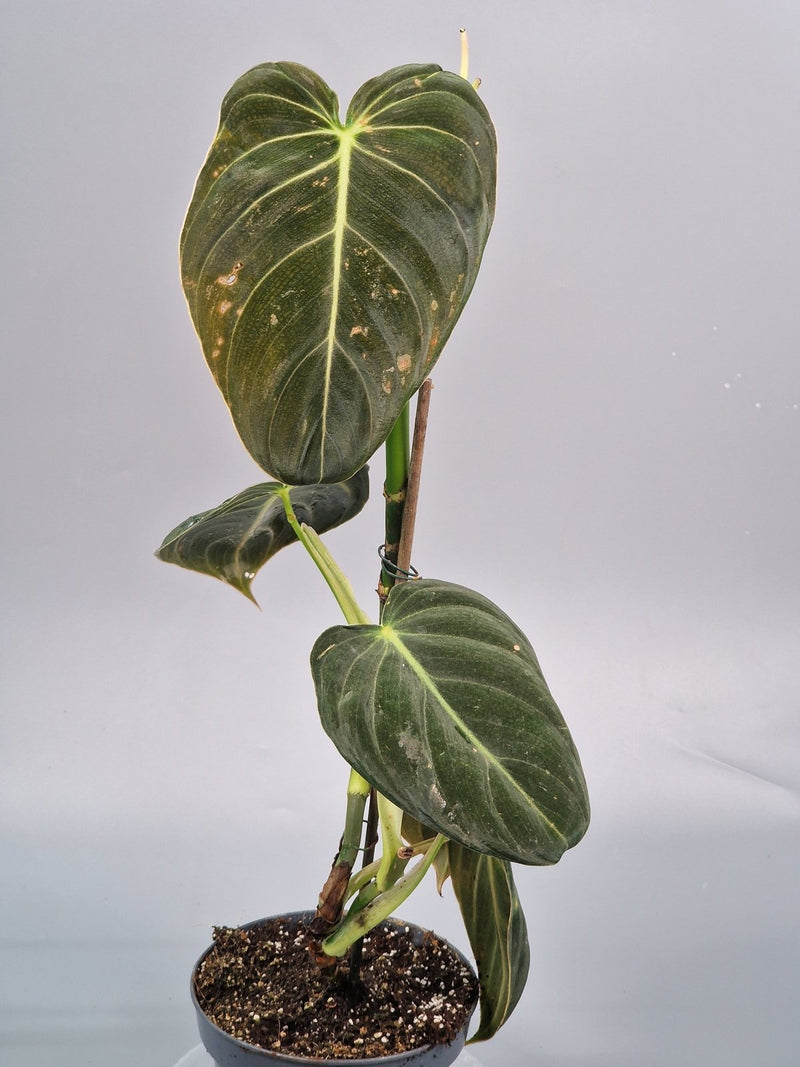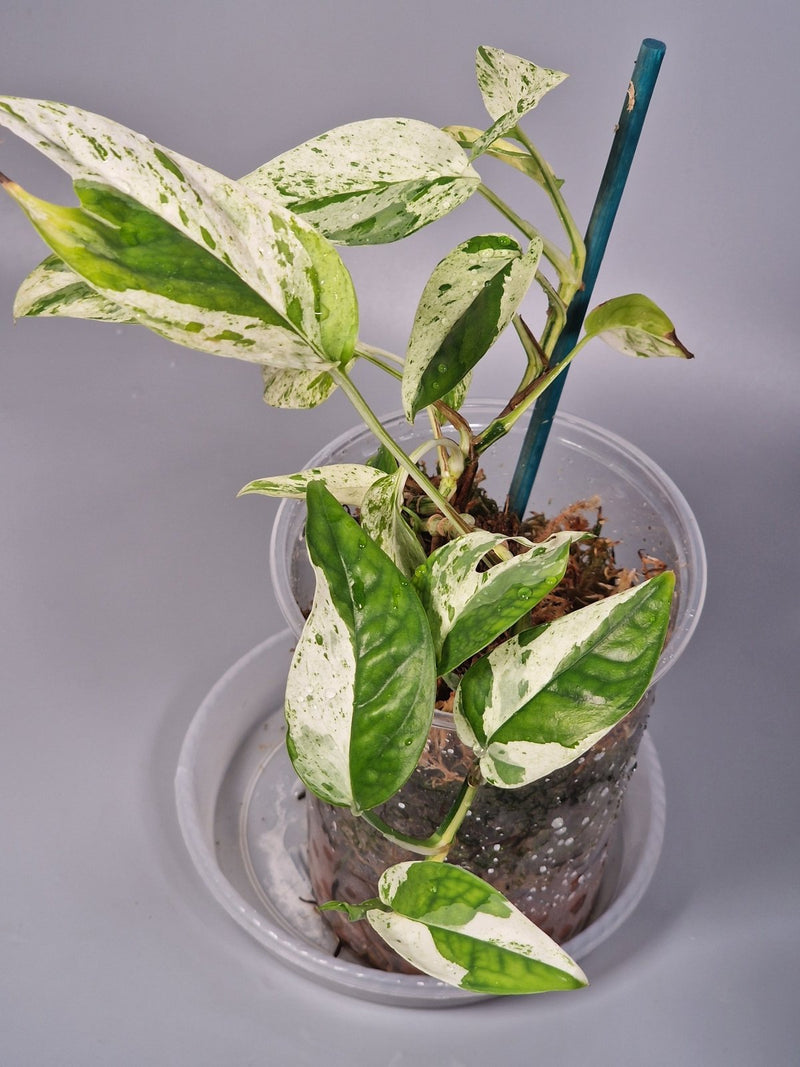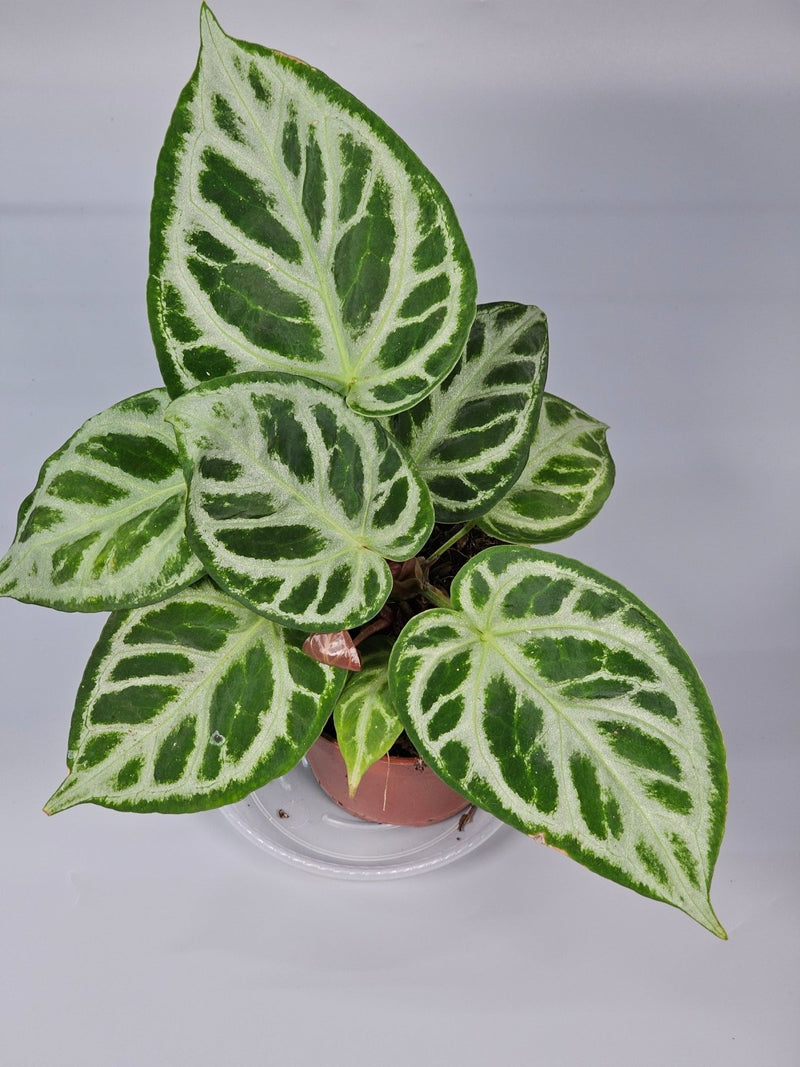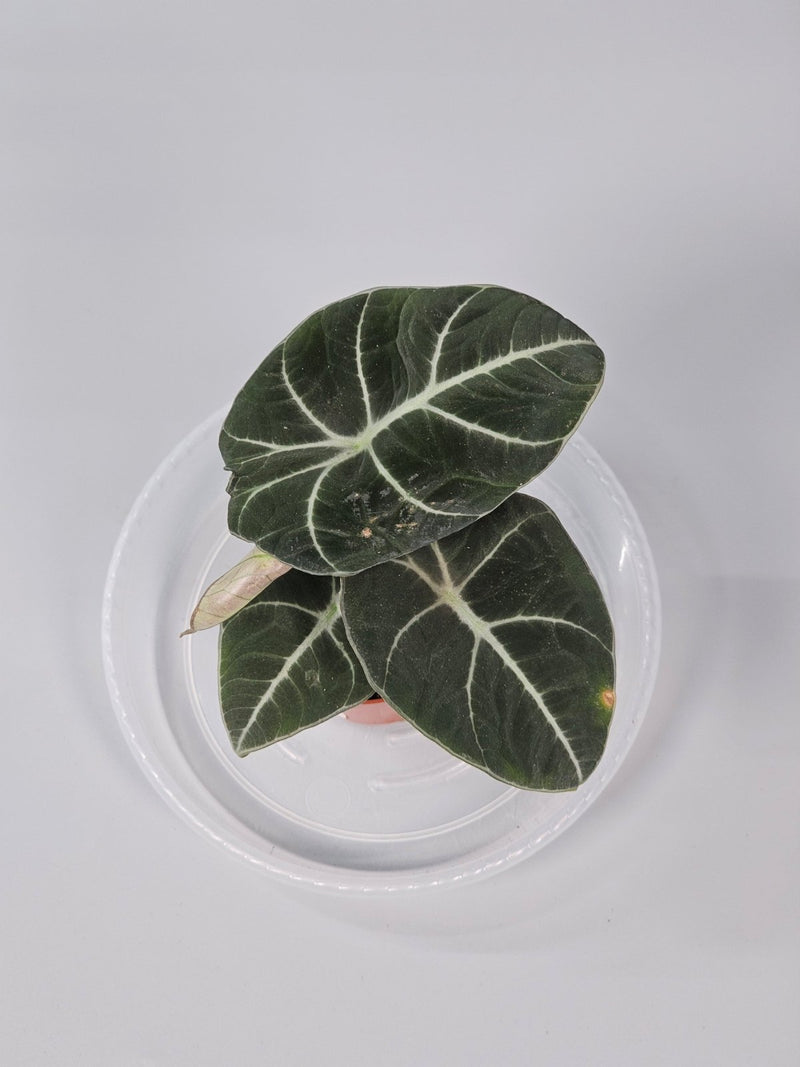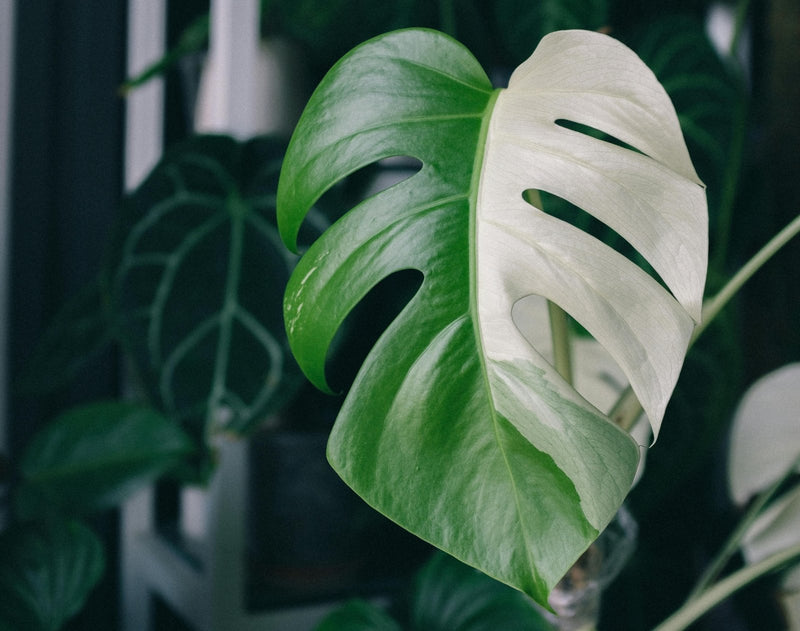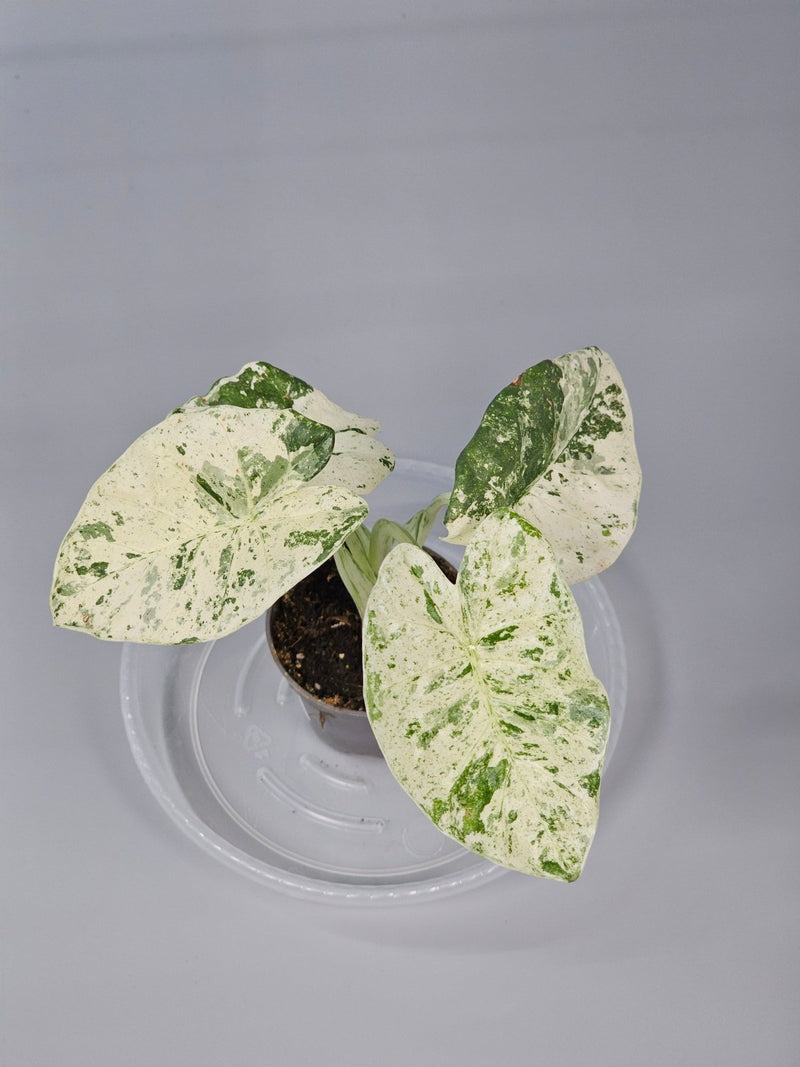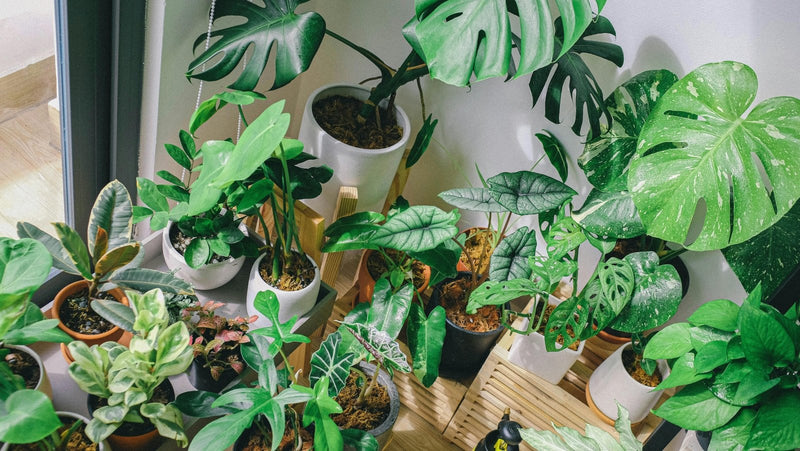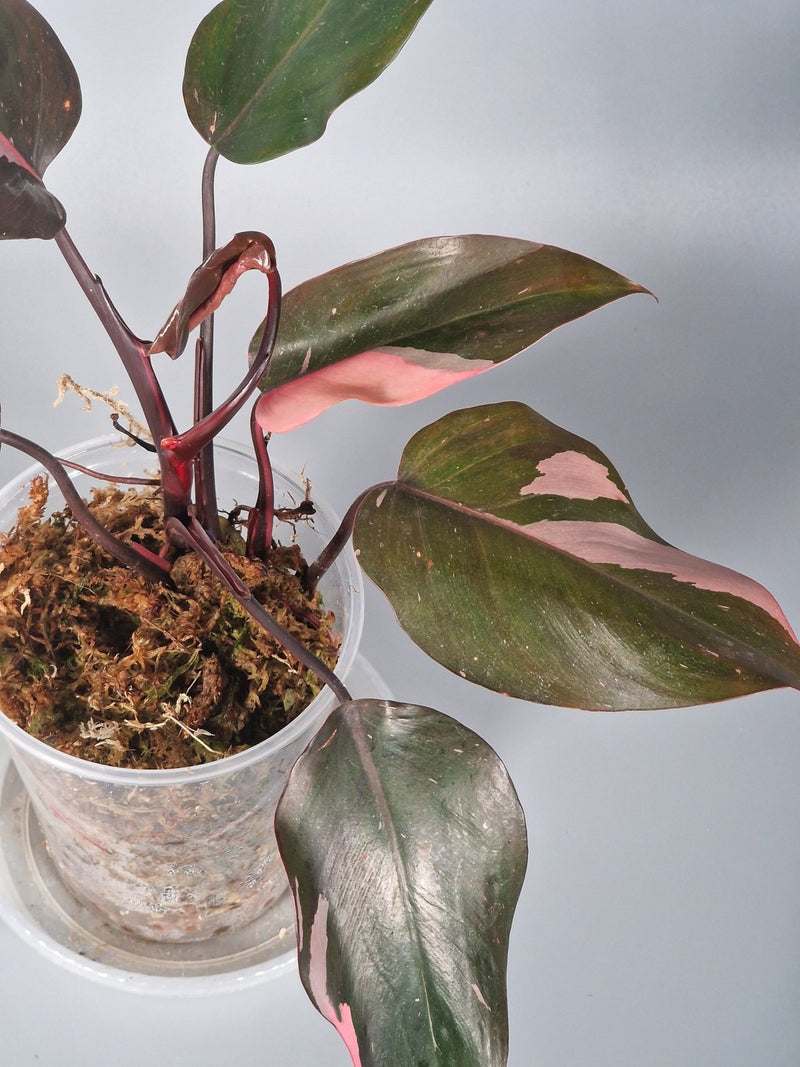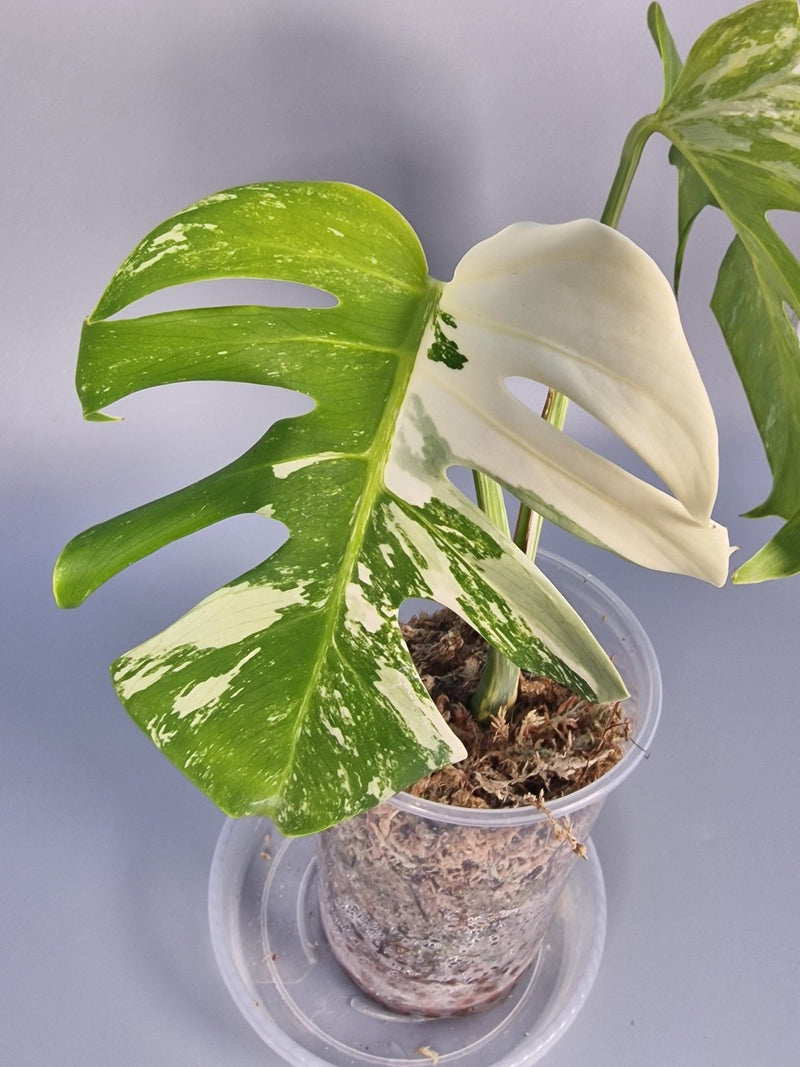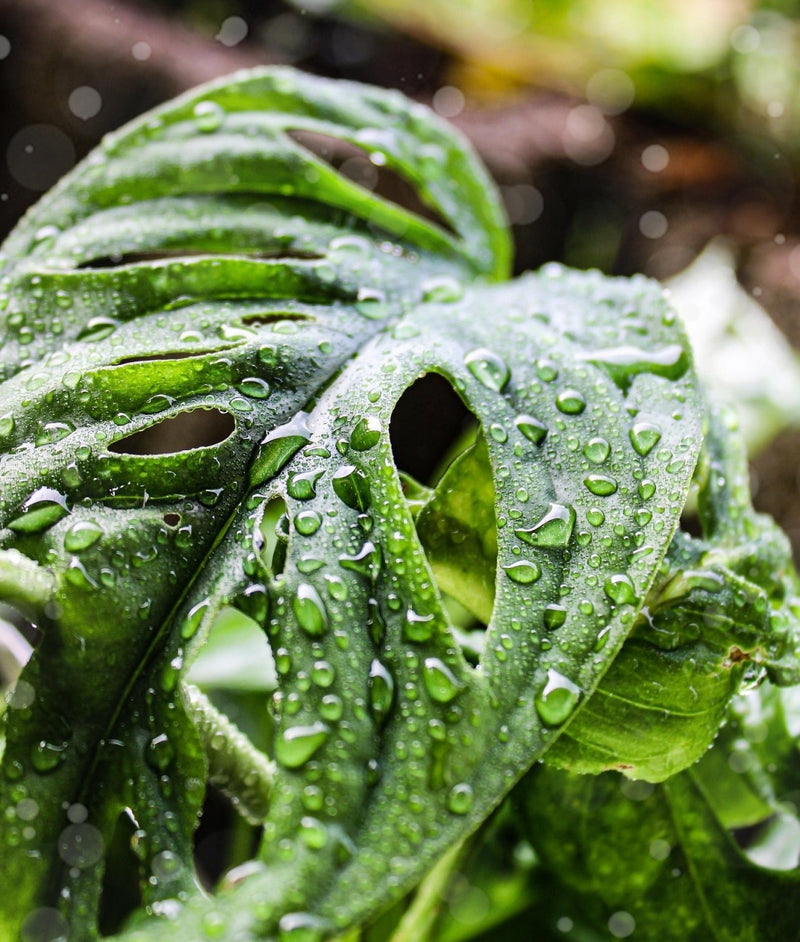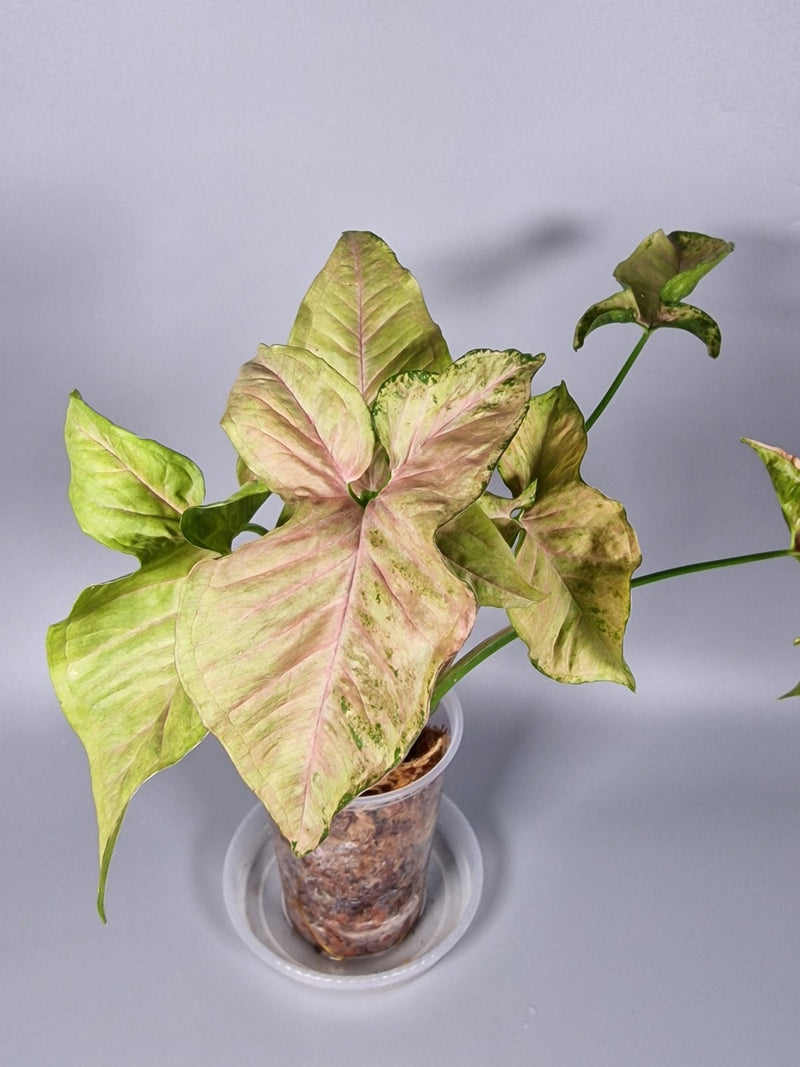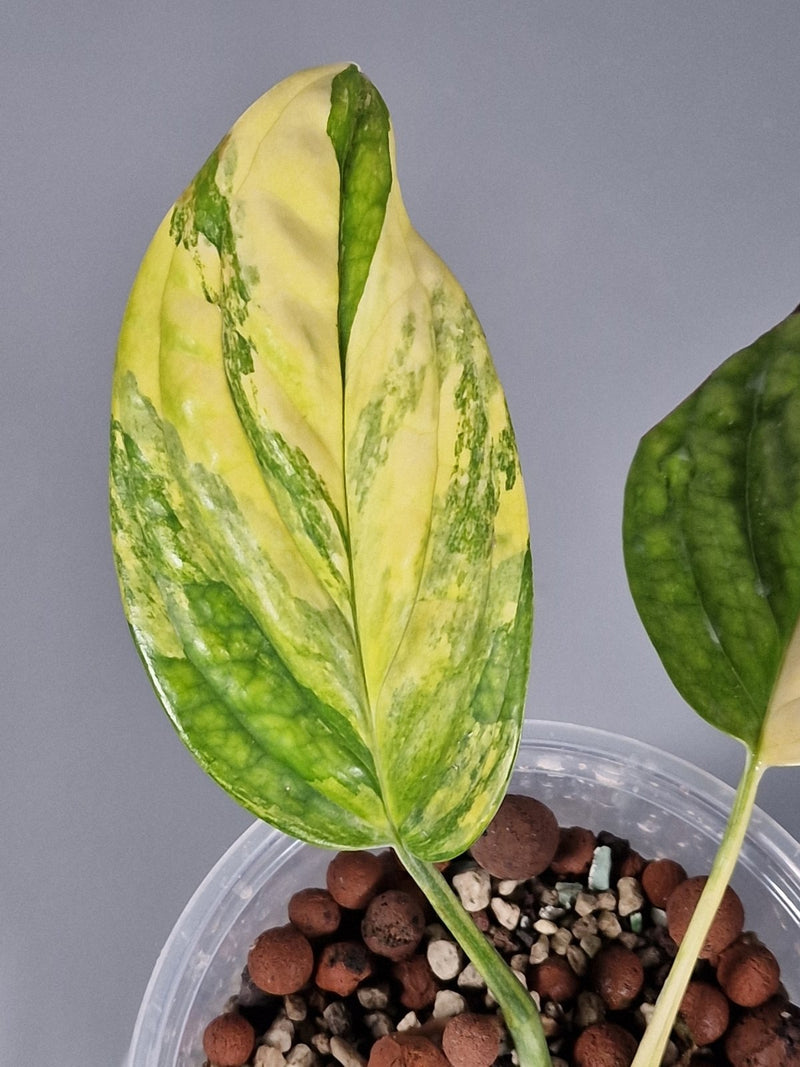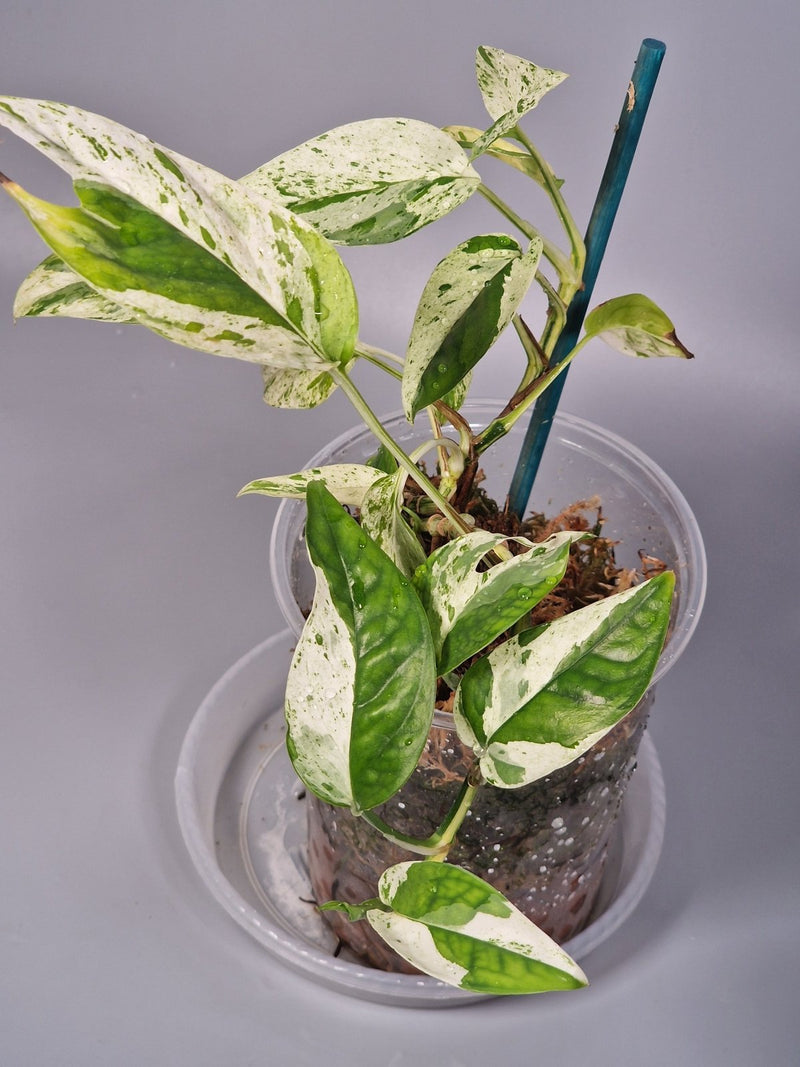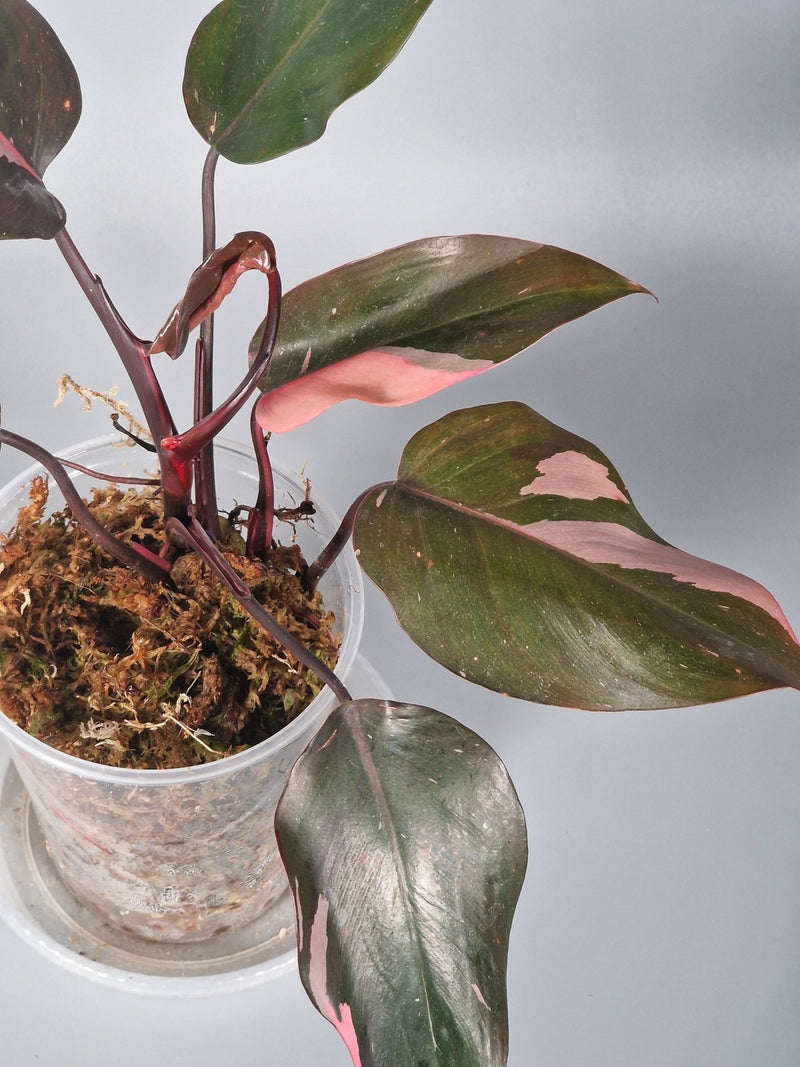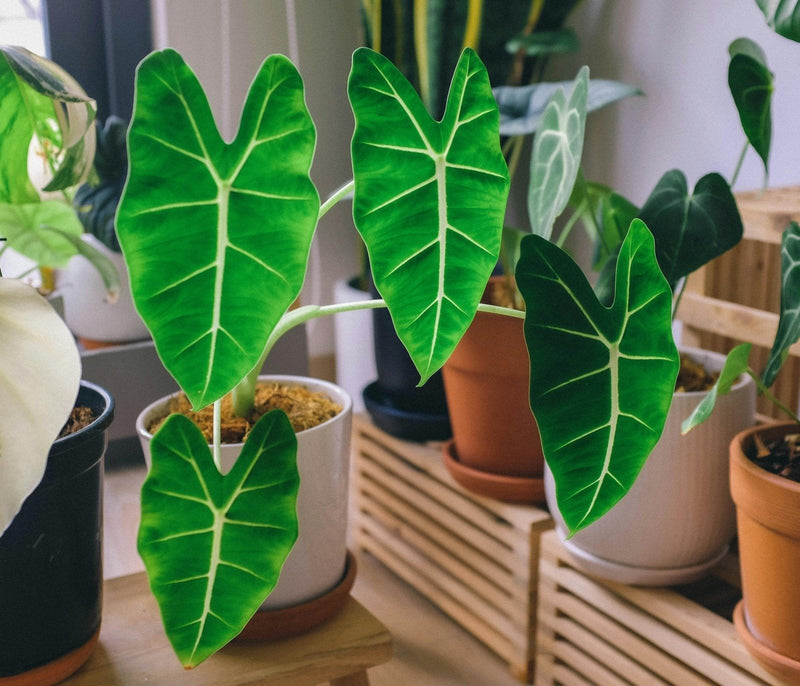Alocasia Black Velvet: Care Tips for This Statement Plant
If you're on the hunt for rare houseplants that make a dramatic statement, the Alocasia Black Velvet is a stellar choice. With its lush, velvety dark leaves and compact size, this exotic beauty is perfect for adding a touch of sophistication to any indoor space. Below, we dive into essential care tips to help you keep your Alocasia Black Velvet thriving.
Understanding Your Alocasia Black Velvet
The Alocasia Black Velvet, scientifically known as Alocasia Reginula, is a dwarf variety in the Alocasia plant family. It's prized for its striking dark leaves that contrast beautifully against almost any background. This plant is not only a visual standout but also a fascinating species to grow at home.
Optimal Growing Conditions
To ensure your Alocasia Black Velvet thrives, it's crucial to mimic its natural habitat as closely as possible. Here's how to do it:
| Condition | Recommendation |
|---|---|
| Light | Indirect, bright light (avoid direct sunlight) |
| Humidity | High (above 60%) |
| Temperature | 18°C to 24°C |
| Watering | Keep soil moist but not waterlogged |
| Soil | Well-draining, rich in organic matter |
Watering Your Alocasia Black Velvet
Watering is a critical aspect of caring for Alocasia Black Velvet. Here are some tips to get it right:
- Consistency is Key: Water when the top inch of soil feels dry. Avoid letting the soil dry out completely, but also be wary of overwatering.
- Quality of Water: Use room-temperature water and, if possible, rainwater or distilled water to avoid salt buildup that can harm the roots.
Feeding and Nutrition
Feeding your Alocasia Black Velvet will help it grow robust and healthy:
- Fertilizer: Use a balanced, water-soluble fertilizer every 4-6 weeks during the growing season (spring and summer).
- Winter Care: Reduce feeding in the winter months when plant growth naturally slows down.
Common Issues and How to Solve Them
Like many Alocasia varieties, the Black Velvet is susceptible to certain issues:
Yellowing Leaves
This could be a sign of overwatering or poor drainage. Ensure the pot has drainage holes and the soil does not hold excess water.
Pests
Keep an eye out for spider mites and aphids. Use insecticidal soap or neem oil to treat infestations.
Propagation Tips
Propagating Alocasia Black Velvet can be a rewarding project. Here’s a simple guide:
- Division: The best method for propagation. During repotting, gently separate the rhizomes and plant them in separate pots.
Styling with Alocasia Black Velvet
The Alocasia Black Velvet's dramatic appearance makes it a perfect standalone plant or a complementary piece in a more varied collection. Consider these styling tips:
- Pair it with lighter, airier plants like ferns to highlight its dark foliage.
- Use a white or brightly colored pot to contrast the dark leaves, making it a focal point in any room.
FAQs
How often should I repot my Alocasia Black Velvet?Every 2-3 years, or when it outgrows its pot.
Is Alocasia Black Velvet toxic to pets?Yes, it can be toxic if ingested. Keep it out of reach of pets and children.
Can I grow Alocasia Black Velvet outdoors?It's best suited to indoor environments in most climates, but can be outdoors in warm, humid conditions similar to its native habitat.
To explore more about rare houseplants, check out our extensive collection and find the perfect exotic addition for your home.
Whether you're a seasoned indoor plant enthusiast or a beginner looking to make a statement with your indoor garden, the Alocasia Black Velvet offers an appealing challenge with rewarding results. With the right care, it will flourish and bring a piece of the tropics into your living space.


